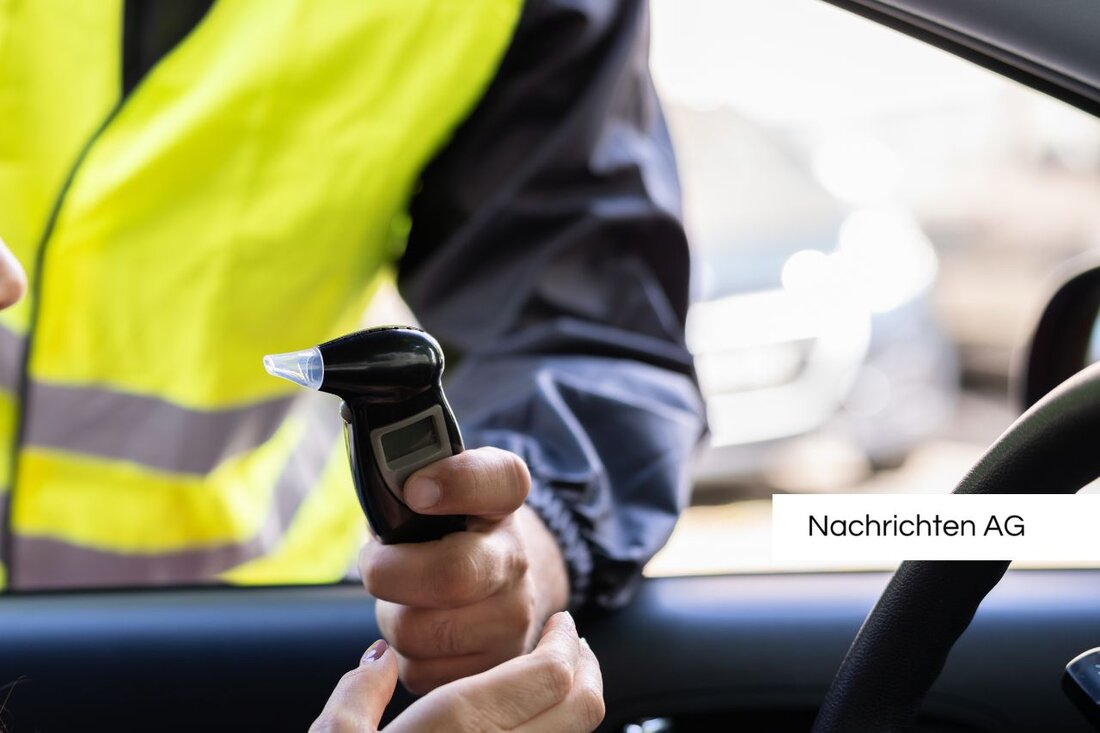Dresden under record heat: These districts are suffering the worst!
Dresden expects the hottest day of the year on July 1, 2025. Neighborhoods with a high risk of heat and tips for cooling down.

Dresden under record heat: These districts are suffering the worst!
On Wednesday, July 1, 2025, Dresden expects the hottest day of the year with temperatures of up to 37 degrees. The city administration has carried out comprehensive analyzes of the heat risk in all 64 districts and towns in the city. Inner-city locations such as the city center, Pieschen, the outer Neustadt and heavily sealed commercial areas, where overheating is highest, are particularly affected. In these areas, the temperature in the evening and at night can be over six degrees higher than in undeveloped surrounding areas, which significantly increases the burden on the population. In more rural districts such as Altfranken/Gompitz and Cossebaude/Mobschatz/Oberwartha the temperatures are much more pleasant.
Over 60% of Dresden residents find extreme heat the most stressful in the city center, and 67% say they avoid it. As the heat situation worsens due to climate change, we must expect that such hot days will increase. The Robert Koch Institute (RKI) has already determined that particularly vulnerable groups - such as older people, pregnant women, children and people with chronic illnesses - are at considerable risk. Effective heat protection is needed to minimize the effects on health and general well-being in the population, report the Sächsische and the RKI.
Heat hazard in Dresden
The districts with the highest risk potential are Johannstadt-Süd, the Outer Neustadt, Striesen-Ost, Wilsdruffer Vorstadt, Seevorstadt-West and Prohlis-Süd. In contrast, Schönfeld-Weißig/Schullwitz and Langebrück/Schönborn have a low risk potential, which is due to more favorable urban climatic conditions. Although the inner old town has the highest level of overheating, it can be classified as a medium risk due to the low population and the low proportion of heat-sensitive people.
The urban heat island effect is clearly evident when one considers that minimum temperatures in urban areas are up to 10 degrees higher than in less built-up regions. This problem is supported by the forecasts of the Federal Environment Agency, which predict an increase in so-called “hot days” and “tropical nights”, which will increase in many parts of Germany. In 2003, 2015, 2018 and 2022, extreme heat waves were particularly severe and led to around 15,600 additional deaths from heat-related causes in Germany, according to Umweltbundesamt.
Cooling measures
In order to meet the challenges of the heat, the Dresden Health Department has made a number of recommendations for cooling down. These include:
- Trinken von 2-3 Litern pro Tag, vorzugsweise Mineralwasser oder verdünnte Säfte.
- Abkühlung durch nasse Handtücher, kalte Fußbäder oder Wasserstrahl auf Handgelenken.
- Verwendung eines Ventilators im Zimmer.
- Direkte Sonneneinstrahlung von 11 bis 15 Uhr meiden.
- Lüften in den frühen Morgen- und Abendstunden, tagsüber Fenster geschlossen halten.
- Außenverschattung der Fenster bevorzugen.
- Wärmequellen in der Wohnung reduzieren.
- Lauwarm duschen.
- Alkohol, koffeinhaltige und eiskalte Getränke vermeiden.
- Leichte Kost in kleinen Portionen zu sich nehmen.
The city faces major challenges in ensuring the quality of life of its citizens even on hot days, while at the same time the health risks must be correctly assessed and minimized. Well thought-out and preventive heat protection could be the decisive turning point here.

 Suche
Suche
 Mein Konto
Mein Konto